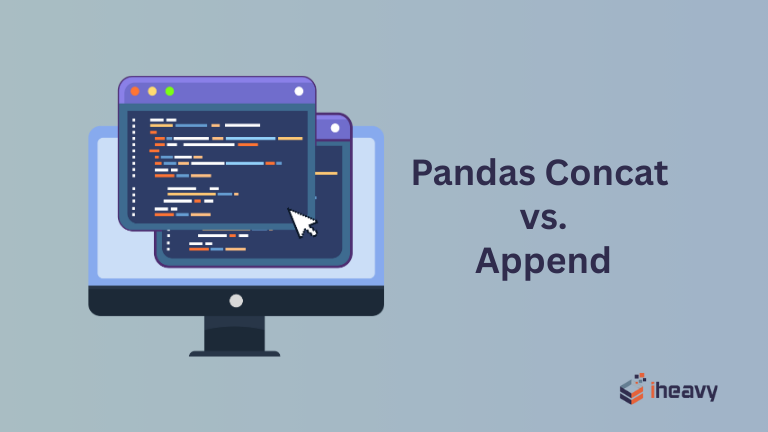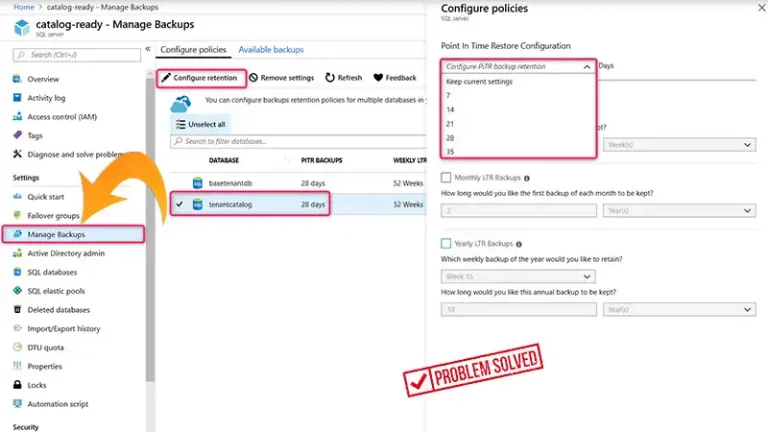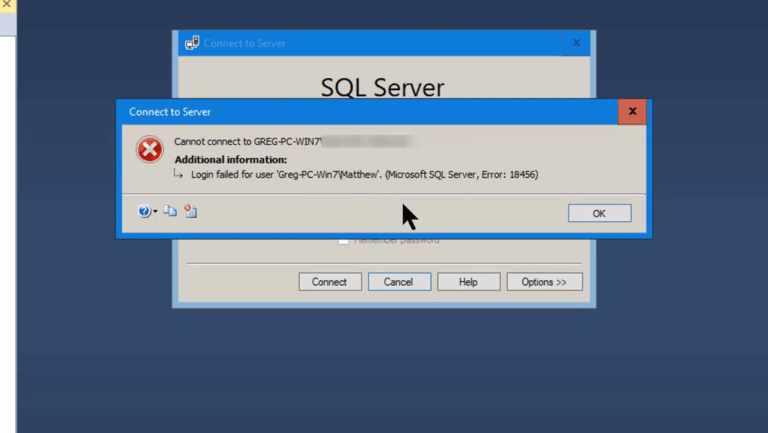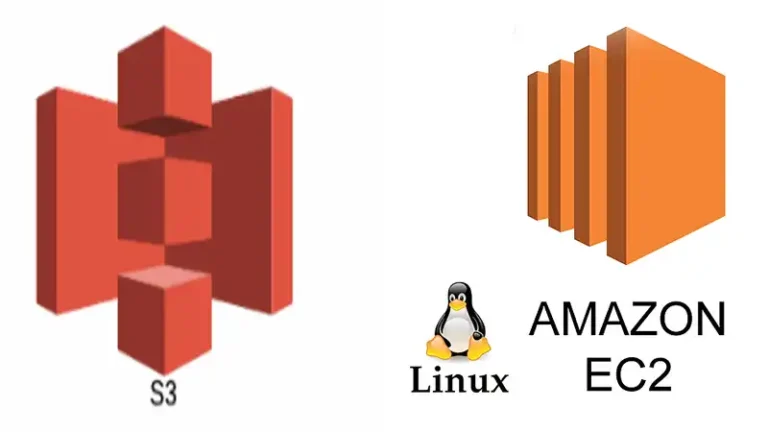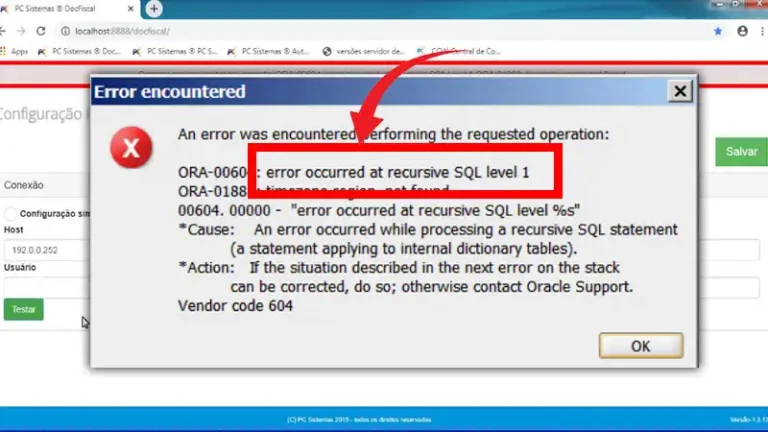5 Things Toxic to Scalability
In the digital age, data has emerged as a valuable resource driving innovation, decision-making, and business success. Data scalability is crucial for organizations to handle an increasing amount of data without compromising its performance and efficiency.
However, not all data systems can effectively handle scalability demands. Several toxic elements can negatively impact data scalability as well as interrupt an organization’s growth and efficiency.
To maintain a competitive edge in today’s data-driven world you need to identify these toxic things to scalability. For this, we have marked 5 toxic things that pose a significant threat to data scalability in this article. Let’s learn and avoid these things to improve your data scalability.
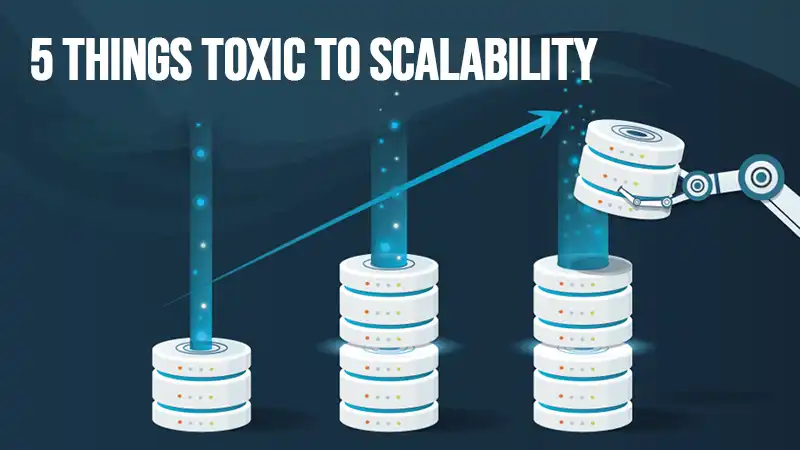
5 Toxic Things to Scalability That You Should Avoid
Scalability is about application, architecture, and infrastructure design, and careful management of server components. Here are mentioned the 5 mistakes that most data engineers ignore while scaling a database. Read on to learn the negative aspects of them and avoid these things to improve the data scalability for your organization.
1. Object Relational Mappers
Object Relational Mappers (ORMs) are popular among developers but not among performance experts. It is because these two engineers experience a web application from entirely different perspectives –
One is building functionality, delivering features, and results are measured on fitting business requirements, while the other one is focused on performance.
- ORMs to Developers: Performance and scalability are often low priorities at this stage. ORMs allow developers to be much more productive, abstracting away the SQL difficulties of interacting with the backend datastore, and allowing them to concentrate on building the features and functionality.
- ORMs to Performance Experts: On the performance side the picture is a bit different. By leaving SQL query writing to an ORM, you are faced with complex queries that the database cannot optimize well. What’s more, ORMs don’t allow easy tweaking of queries, slowing down the tuning process further.
2. Synchronous, Serial, Coupled, or Locking Processes
Locking, synchronous, or multi-phase commit mechanism in a database also put negative impacts on its scalability.
- Locking: Locking in a web application operates something like traffic lights in the real world. For example, replacing a traffic light with a traffic circle often speeds up traffic dramatically. That’s because when you’re out somewhere in the country where there’s very little traffic, no one is waiting idly at a traffic light for no reason.
What’s more, even when there’s a lot of traffic, a traffic circle keeps things flowing. So, if you need locking, better to use InnoDB tables as they offer granular row-level locking than table-level locking like MyISAM tables.
- Synchronous Replication: You should also avoid things like semi-synchronous replication that will wait for a message from another node before allowing the code to continue. Such waits can add up in a highly transactional web application with many thousands of concurrent sessions.
- Multi-phase Commit: You should also avoid any type of two-phase commit mechanism that we see in clustered databases quite often. Multi-phase commit provides a serialization point so that multiple nodes can agree on what data looks like. However, they are toxic to scalability. It is always better to use technologies that employ an eventually consistent algorithm.
3. Depending on One Copy of Your Database
Depending on only a single copy of your database without using the replication is also harmful to scalability. As you are relying on only one copy of your database in this configuration, you are simply limiting all of your web servers to use a single backend datastore. As a result, it becomes a funnel or bottleneck.
It’s like a highway that is under construction, forcing all the cars to squeeze into one lane. It’s sure to slow things down. So, it is always better to build parallel roads to start with and allow the application aka the drivers to choose alternate routes as their schedule and itinerary dictate.
4. Having No Metrics
Having no metrics in place is also toxic to scalability. It’s because you can’t visualize what is happening in your systems. Without this visual cue, it is hard to get business units, developers, and operations teams all on the same bandwagon about scalability issues.
If teams are having trouble grokking this, realize that these tools simply provide analytics for infrastructure. However, there are tons of solutions for those who use SNMP and are non-invasive. You can consider Cacti, Munin, OpenNMS, Ganglia, and Zabbix to name a few.
Metrics collections can involve business metrics like user registrations, accounts, or widgets sold. And of course, you should also include low-level system CPU, memory, disk & network usage as well as database-level activity like buffer pool, transaction log, locking sorting, temp table, and queries per second activity.
5. Lack of Feature Flags
Applications built without feature flags make it much more difficult to degrade gracefully.
If your site gets bombarded by a spike in web traffic and you aren’t magically able to scale and expand capacity. Having inbuilt feature flags gives the operations team a way to dial down the load on the servers without the site going down.
This can buy you time while you scale your webservers and/or database tier or even retrofit your application to allow multiple read-and-write databases. Without these switches in place, you limit scalability and availability.
Frequently Asked Questions (FAQs)
Why Is Scalability an Issue?
Without scalability, the performance of software drops when the workload rises. If the server takes too long to respond to requests, users will experience a slow loading time. Without focusing on scalability, it may result in decreased availability or even lost data.
What Are the Issues with Scalability?
There are many different issues with scalability that can be found in different perspectives and situations. However, the most common issues with data scalability arise from application code, hardware resources, and database limitations.
What Are the Disadvantages of Vertical Scaling?
The main advantage of vertical data scaling is that it has only one point of failure. For this, the related apps stop running if the machine fails for any reason. Again, there are numerous vendor-lock issues available in vertical scaling. In this scalability, you are required a lot of upkeep and high investment.
Conclusion
Achieving data scalability is a continuous and iterative process that requires careful planning and architecture design. For this, it is essential for organizations to mark and avoid the mentioned things that are toxic to scalability. After reading this article and avoiding these things, your businesses can build scalable data systems that empower growth, innovation, and data-driven decision-making. You should always remember that data scalability is not just about accommodating more data; it’s about laying the groundwork for a sustainable and prosperous digital future.
